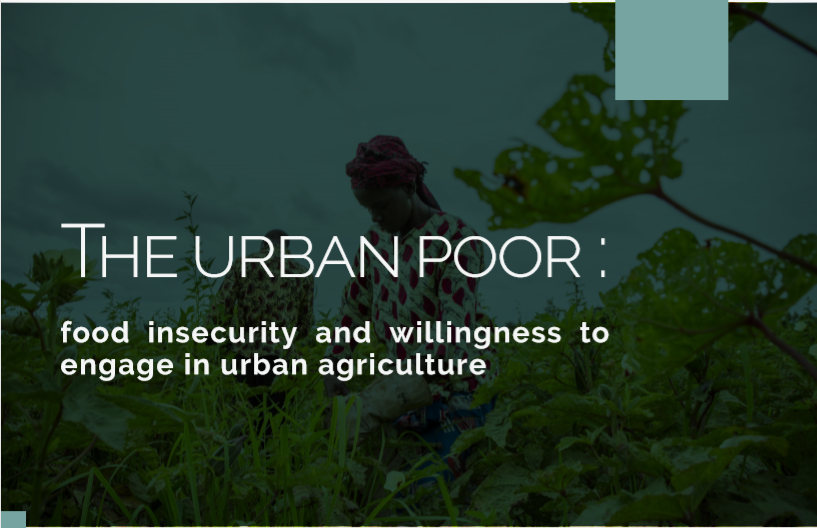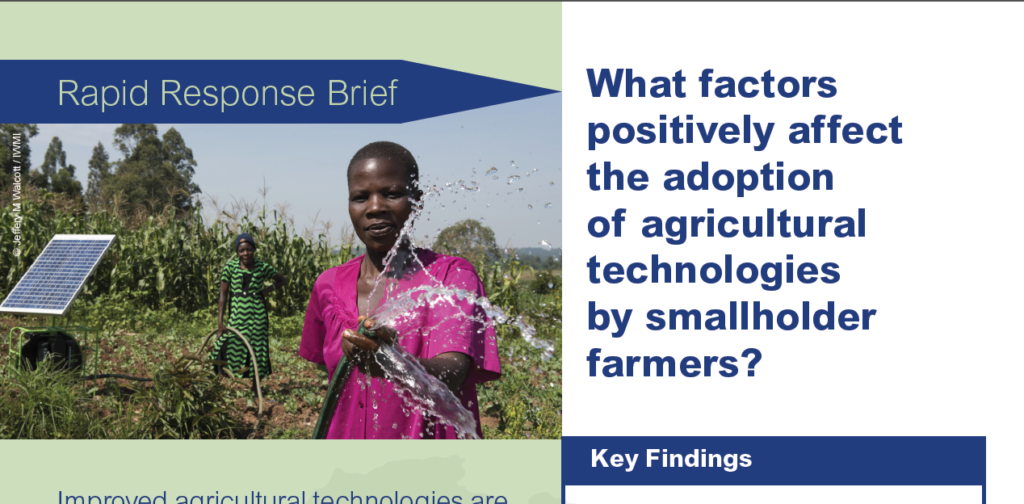Evidence is the available body of information that validates or denies an argument or claim. It consists of robust information that can help to transform strategic priorities into concrete and achievable plans. In the absence of evidence, decision makers jump blindly into interventions that have no impact or do harm as well as good. Therefore, it is important to ensure that evidence is gathered and used in a reliable way to inform decision-making. This can be achieved by making evidence accessible both physically (producing, finding, and gathering existing evidence) and technically (simplifying and synthesizing evidence). In this guide, 3ie provides decision makers in the food security and nutrition sectors some tips and good practices illustrated by real examples.
This guide will be useful for both evidence producers and users, in their journey to evidence-informed decision[1]making.
The use of evidence can notably contribute to the following decisions: changes in policies or programs, closure of a program, improvement in the culture of evidence use, informing discussions of policies and programs, informing global guidelines, informing the design of other programs, and scaling up a program.



